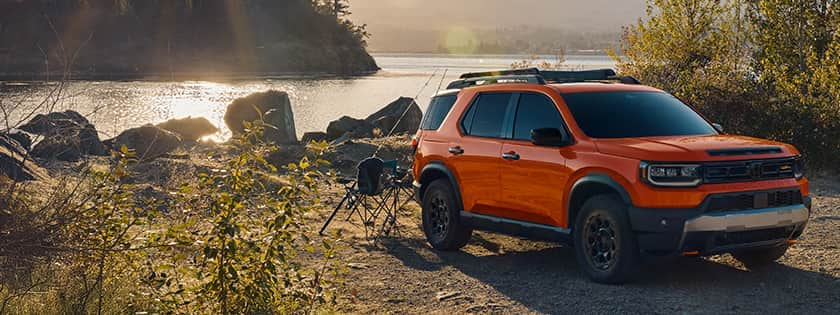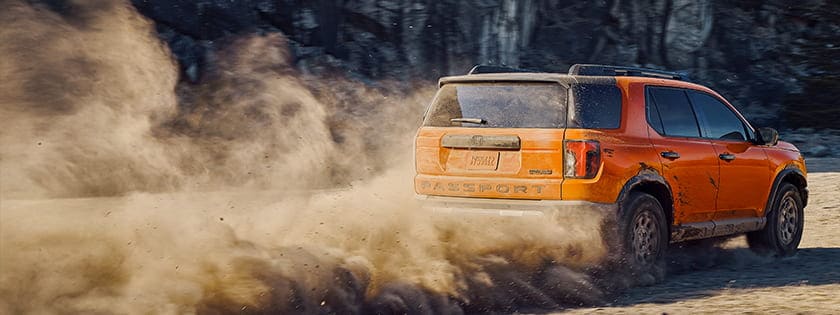Edmunds tests hundreds of vehicles a year. Cars, trucks, SUVs, we run them all, and the numbers always tell a story. With that in mind we present "Track Tested," a quick rundown of all the data we collect at the track, along with comments direct from the test drivers. Enjoy.
There's no other way to say it. The 2013 Chevrolet Camaro ZL1 is one of our favorite cars of the year. It's got a rockin' 6.2-liter supercharged V8 making 580 horsepower and 556 pound-feet of torque, a slick six-speed manual and enough chassis control to finally make the Camaro feel like a car and not a small tank.
During its drubbing of the 2013 Ford Shelby GT500 — a car with 98 more wheel hp — we said that the ZL1 was "an unrivaled combination of precise control, ample power and a strikingly refined — and multitalented — chassis."
But then Chevrolet had to go and appease the Hawaiian shirt crowd and lop off the roof. As if the Camaro wasn't heavy enough, the convertible version of the ZL1 adds nearly 300 pounds to the equation while at the same time removing a significant amount of body stiffness. At least there's rear visibility now, though, right?
What impact does this change have on the character and performance of the ZL1? We took a 2013 Chevy Camaro ZL1 Convertible out to the track to find out.
Vehicle: 2013 Chevrolet Camaro ZL1 Convertible
Odometer: 1,156
Date: 9/5/2012
Driver: Chris Walton
Price: $61,745 (base)
Specifications:
Drive Type: Front engine, rear-wheel drive
Transmission Type: Six-speed manual
Engine Type: Supercharged V8
Displacement (cc/cu-in): 6,162/376
Redline (rpm): 6,250
Horsepower (hp @ rpm): 580 @ 6,000
Torque (lb-ft @ rpm): 556 @ 4,200
Brake Type (front): 14.6-inch two-piece ventilated steel discs with six-piston fixed calipers
Brake Type (rear): 14.4-inch one-piece ventilated steel discs with four-piston fixed calipers
Suspension Type (front): Independent MacPherson struts with dual lower ball joints, coil springs, driver-adjustable two-mode magnetorheological dampers, stabilizer bar
Suspension Type (rear): Independent multilink, coil springs, driver-adjustable two-mode magnetorheological dampers, stabilizer bar
Tire Size (front): 285/35ZR20 (100Y)
Tire Size (rear): 305/35ZR20 (104Y)
Tire Brand: Goodyear
Tire Model: Eagle F1 Supercar G:2
Tire Type: Asymmetrical, directional summer performance
As Tested Curb Weight (lb): 4,365
Test Results:
Acceleration
0-30 (sec): 2.1 (2.5 w/ TC on)
0-45 (sec): 3.1 (3.6 w/ TC on)
0-60 (sec): 4.6 (5.2 w/ TC on)
0-60 with 1-ft Rollout (sec): 4.3 (4.8 w/ TC on)
0-75 (sec): 6.1 (6.7 w/ TC on)
1/4-Mile (sec @ mph): 12.6 @ 113.5 (13.0 @ 113.5 w/ TC on)
Braking
30-0 (ft): 26
60-0 (ft): 107
Handling
Slalom (mph): 66.8 in dynamic handling mode (66.6 w/TC off)
Skid Pad Lateral Acceleration (g): 0.98 dynamic (0.97 w/TC off)
Db @ Idle: 53.6
Db @ Full Throttle: 81.9
Db @ 70 mph Cruise: 69.9
Db @ 70 mph Roof Open: 77.3
RPM @ 70: 2,000
Comments:
Acceleration: I tried to replicate the same "street start" and shift speed/rpm in both Tour and Sport mode with ESC on, so there sure seems to be a measurable difference in acceleration. The best run (expectedly) was in Sport with all systems off and the driver determining launch rpm and wheelspin. Predictable tire breakaway and a willing, well-oiled shifter make every pass feel like "the best pass." I used the launch-control feature twice, and while it is very repeatable and meters out wheelspin throughout 1st gear, it's too much to be faster than a trained butt. So, while Competitive ESC is available (enabling launch), it appears PTM is not part of the ZL1 Convertible's standard equipment. We found out why in the slalom.
Braking: Huge brakes, amazingly short stops — as long as the pavement is flat and smooth. There were a couple long stops between, but that anomaly seems to be the result of the car unweighting and/or hunting for grip — not the brakes themselves or the sticky tires.
Handling:
Skid pad: Steering relays information very well and the OMG-grippy tires break away progressively. Gentle understeer on the limit allowed me to use the throttle to steer. Throttle response is a little lazy, but yes, I could easily kick the wail waaaaay out.
Slalom: With ESC fully defeated, the ZL1 feels very capable up to 8/10ths when it shows the compromises inherent in the convertible: weight and noticeably flexy chassis cause steering delay/gain that feels initially like understeer, but isn't. So ratcheting back the expectations of quick steering response inserts a pause that affects both countersteering response as well as input reaction for the next cone. Result: late, late, late at each successive cone. It's not the steering system itself, the tires, nor the excellent dampers, it's the noodle holding all this together that snubs the car's responsiveness. I'd bet a wad of cash that this car has an LSD because it shot like a rocket through exit — at least that part was fun.
The manufacturer provided Edmunds this vehicle for the purposes of evaluation.



